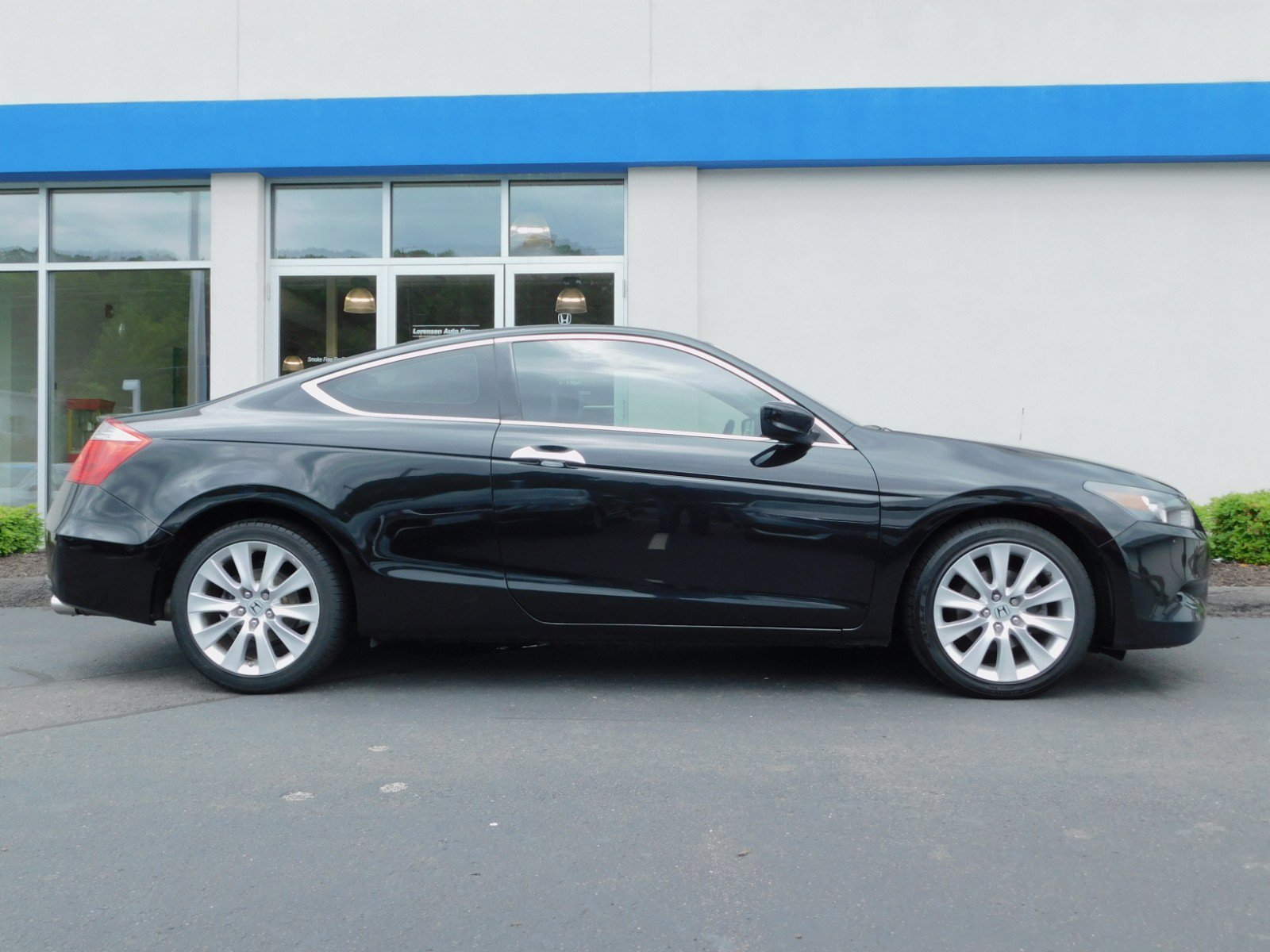The Evolution of the Auto Industry
How Did We Get to Today?
The automotive industry is rooted in centuries past. Following its timeline back to the late 1800s, you’ll come to many twists and turns, involving major inventions, government mandates, and Americans’ obsession with certain vehicles.
Follow the trail of history of American automobiles and you’ll see just how far we’ve come.
The First Automobile
Carl Benz is credited with developing the first ever stationary gas engine, a one-cylinder, two-stroke unit that he first ran in 1879. Soon after, he began building a car that relied on it for movement.
The resulting two-seater vehicle, finished in 1885, required the use of a single-cylinder, four-stroke engine, atop three wheels. The engine only put out 0.75 horsepower, but the car, which he described on his 1886 patent application as “vehicle powered by a gas engine” made history anyway.
In July 1886, it made its public debut under the name of Benz Patent Motor Car, model no. 1.
The Motor City is Born
Only a couple of decades later, Ransom E. Olds opened an automobile manufacturing factory in Detroit in 1900, to produce the now-defunct Oldsmobile.
Although the company went bankrupt, the milestone inspired the success of Detroit and the future production of vehicles there, which continues to today.
Just eight years later, Henry Ford began producing the Ford Model T at the Ford Piquette Avenue plant in Detroit. Through 1927, Ford built 15 million Model T cars for American drivers, instating a new assembly line method in 1913 that saved time and money.
READ ALSO: How old do you have to be to buy lighters
Ford’s Big Series
After World War II, Ford began developing a line of pickup trucks in the late 1940s. These trucks ranged in size and capability, starting with the F-1.
It was then that the first F-series truck came to be, and it remains one of the most popular trucks on the road.
The Volkswagen Beetle Touches US Soil
Perhaps one of the most iconic cars on the road today, the Volkswagen Beetle, affectionately known as a Bug, arrived in America in 1949 after a journey from Rotterdam, Netherlands to New York Harbor.
It was known back then as the Type 1, and importer Ben Pon, Sr. helped make it famous. It’s compact size, good quality, and affordable price certainly helped.
Improvements Through the Years
The first automobiles required a hand-crank to start the engine, until Charles Kettering and Henry M. Leland developed the electric starter in 1911. Cadillac began using them in 1912.
Dodge’s first vehicle to hit the market in 1914 was made of an all-steel body, a far cry from the wooden construction of the first automobiles.
In 1939, General Motors introduced an automatic transmission, which meant manual gear-shifting was a thing of the past – although manual transmissions are still quite popular. The Packard was the first to keep its passengers cool with air conditioning in 1940, and in 1966, electronic fuel injection improved the way fuel was delivered and the fuel economy of vehicles. The 1967 Volkswagen 1600 was the first to use it.
The Debut of the Pony Car
Despite common belief that the Ford Mustang was the first pony car ever, the Plymouth Barracuda actually holds that title. It was released just two weeks before the Mustang in 1964, but its design wasn’t up to par, so it didn’t see much success.
The Mustang was available as a coupe and convertible and outfitted with a six-cylinder engine and three-speed transmission – an economy car. Larger engines, power steering, air conditioning, and a four-speed manual transmission were available.
Ford sold 22,000 Mustangs on the very first day of production, and a total of 618,812 by the end of the model year, breaking all post-World War II car sales records and igniting the popularity of pony cars: the Chevy Camaro, the Pontiac Firebird, the Mercury Cougar, the Dodge Challenger, and more.
Safety First
In the late 1960s and early 1970s, government standards for automobile manufacturing changed sharply, focusing on passenger and driver safety.
In 1968, seat belts became standard, and in 1970, airbags were first installed in certain vehicles, although the technology was not widely adopted until 1991, when they were mandated.
Hybrid Cars Say Hello
In the late 1990s, Americans felt the first commercial success of hybrid cars. Makers like Toyota and Honda were star players in the category, and by the early 2000s, hybrids were more and more popular.
Buy Your Own Piece of American Motor History
Do a Google search of “used cars near me,” and you probably won’t find a wide selection of great American classics.
What you will find, however, are pre-owned vehicles for sale from more recent years – although they’re certainly relatives of the vehicles first invented by the likes of Carl Benz, Henry Ford, and Ransom Olds.
Today, Texans seeking to buy used cars for sale in Houston are still likely to see a Volkswagen Beetle for a Ford F-Series truck, but what isn’t visible is just how we got here in the automotive industry, and the beautiful history of invention and necessity that paved the way.



